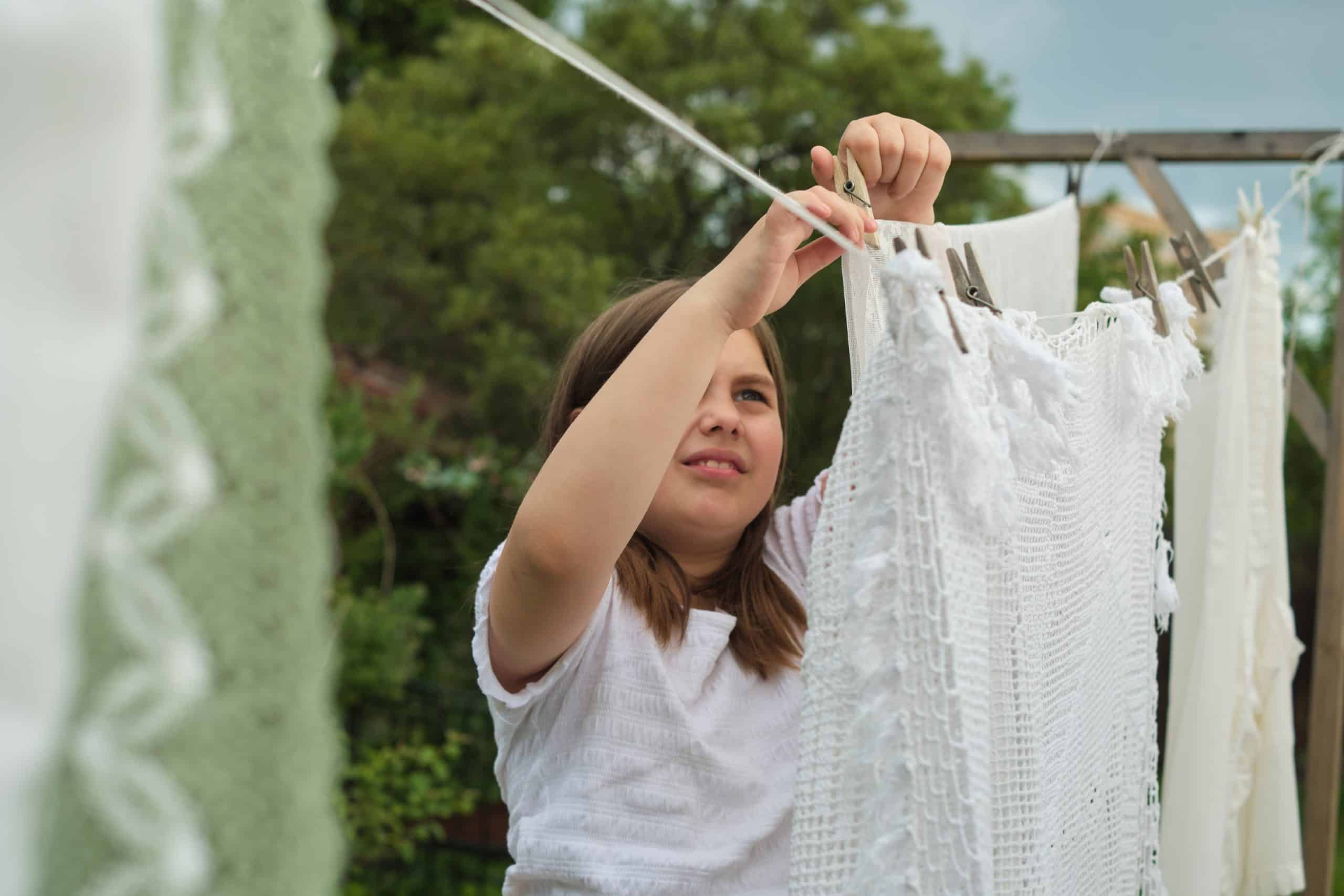How to Build an Off-Grid Solar Power System for Rural UK Homes?

As we step deeper into the 21st century, the global community is recognising the increasing need for renewable energy. As the sun casts its warm rays upon us, it’s impossible to ignore the significant potential of solar power. Solar energy is not only environmentally friendly, but it’s also a cost-effective option for many homeowners, particularly those in rural areas where grid connection may be challenging or even impossible. This article will guide you on how to build an off-grid solar power system for rural homes in the UK.
Harnessing the Power of the Sun with Solar Panels
The first step in building an off-grid solar power system is to install solar panels. These panels convert sunlight into electricity that can power your house. Solar panels are made up of solar cells that generate an electric current when exposed to sunlight.
In parallel : How to Choose the Right Sustainable Materials for Building a Greenhouse in the UK?
When choosing your solar panels, consider factors such as your power requirements, budget, roof space, and the average sunshine hours in your area. Solar panels come in various sizes and capacities, so research well to find the perfect fit for your needs.
Installation of solar panels is a critical task that involves proper mounting and wiring. While it’s possible to DIY, it’s better to hire a professional installer to ensure safety and efficiency. Make sure the panels are installed in an area that receives maximum sun exposure throughout the day.
Also to discover : Discover the abacus: a fun way to enhance your math skills
Storing Excess Energy with Batteries
The power generated by solar panels during the day must be stored for use during the night or on cloudy days. This is where batteries come into play.
Battery storage is an essential component of your solar system. When purchasing batteries, look for those specifically designed for solar power systems. Lead-acid batteries are traditional and cost-effective, but lithium-ion batteries are more efficient and have a longer lifespan.
The size and number of batteries you’ll need depend on your daily energy usage and how many consecutive days of power you want to store. It’s always a wise idea to have a little extra storage than your estimated needs to cater to unexpected power consumption.
Inverting DC to AC Power
The electricity that solar panels produce is in direct current (DC), while most household appliances use alternating current (AC). To use the electricity generated by your solar panels, you’ll need an inverter to convert DC power to AC power.
Inverters range in capacity and price, so it’s essential to choose one that matches your system’s size and your energy needs. You’ll also need to consider efficiency, as some energy can be lost during the conversion process.
Integrating a Backup Power System
Even with plenty of sunshine, there may be times when your solar system can’t produce enough power, like during extended periods of cloudy weather or increased energy demand. For these times, it’s wise to have a backup power system integrated into your solar setup.
Diesel generators are a common backup option, but you could also consider a second type of renewable energy, like wind or hydropower, depending on your location. The backup system should be able to supply power to your house for at least a few days.
Managing Costs and Financing Your System
Building an off-grid solar power system can require a significant upfront investment. The overall cost will depend on the size of your system, the technology used, and your location. However, over time, you will save on electricity bills, making solar power a cost-effective solution in the long run.
There are several ways to finance your system. Home improvement loans, green energy grants, and solar power purchase agreements are some options. It’s also worth checking if local or national government schemes offer any incentives or subsidies for installing solar power systems.
The shift to solar energy will not only reduce your carbon footprint but also allow you to enjoy the independence of living off the grid. It’s a journey that requires careful planning and investment, but the rewards are indeed worth it. No conclusion.
Acquiring Planning Permission and Adhering to Regulations
Constructing your off-grid solar system involves more than just technical considerations. It’s equally important to secure planning permission and adhere to the local and national regulations. This is an essential step before starting any construction or installation work on your property.
In the UK, many domestic solar panel installations don’t require planning permission as long as they respect certain conditions and limits. But, in some cases, like if your property is listed or located in a conservation area, you might need to apply for permission. The process usually involves submitting a planning application to your local council, who will decide whether to allow the solar panel installation or not.
It’s also vital to understand the regulations and standards for solar system installations. For instance, the panels and equipment used should comply with British Standards. Also, the Microgeneration Certification Scheme (MCS) certifies certain products and installers to ensure quality assurance.
It’s highly recommended to hire an MCS-certified installer for your project. They are well-versed with the standards and regulations, ensuring that your solar system meets all required specifications and can be safely connected to a grid system, if necessary.
Adding a Hybrid Power System for Enhanced Efficiency
For enhanced energy security and efficiency, consider integrating a hybrid power system into your solar setup. With the unpredictable UK weather, relying solely on solar power might not be enough. A hybrid power system combines solar power with one or more other renewable energy sources, like wind or hydropower.
The hybrid system works by complementing the solar panels. When there’s insufficient sunshine, the other energy source(s) compensates, ensuring a constant power supply. It also reduces the dependency on battery storage, extending the battery lifespan.
The choice of the additional power source depends on your location and natural resources available. If you have a stream or river nearby, a small hydropower system could be a suitable option. Alternatively, a wind turbine can be a great supplement if you live in a windy area.
Remember that each additional energy source will come with its own set of requirements, costs, and regulations, so careful planning is necessary before opting for a hybrid system.
Conclusion
Building an off-grid solar power system for a rural home in the UK is not a task to be taken lightly. It requires careful planning, investment, and a deep understanding of your energy needs. From installing solar panels and batteries to securing planning permission and choosing the right inverter, each step is critical in ensuring the efficiency and safety of your solar system.
However, once set up, the benefits are manifold. You’ll enjoy the independence of living grid-free, save on electricity bills, and contribute to a more sustainable planet by harnessing renewable energy. Whether you choose to stick with solar power alone or opt for a hybrid power system, the journey towards off-grid living can be an exciting and rewarding endeavour. With the right knowledge, resources and support, your move to a solar-powered home could be a shining case study for sustainable living.
